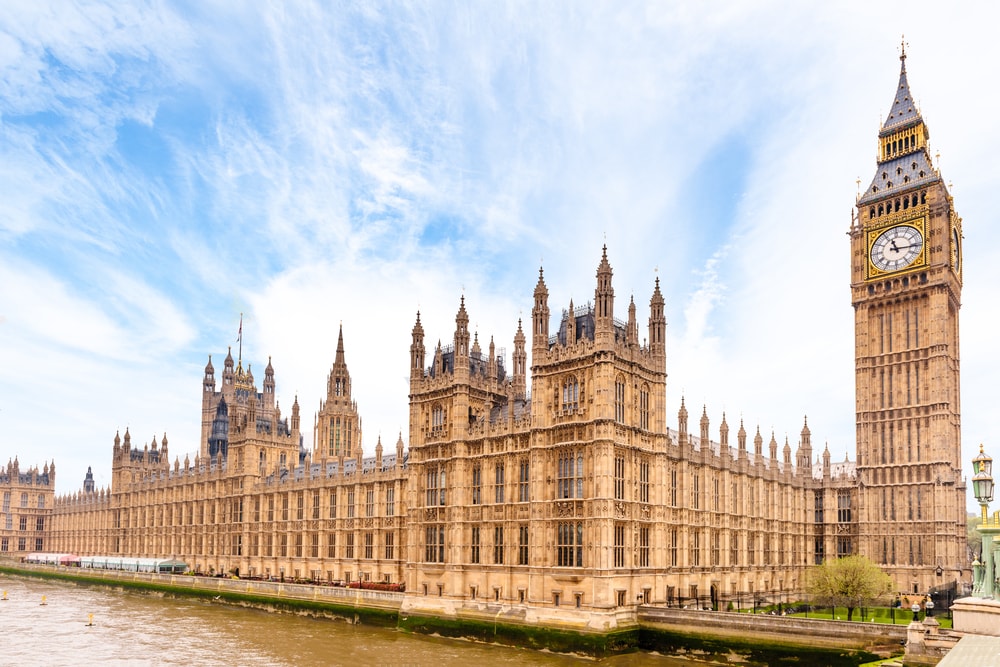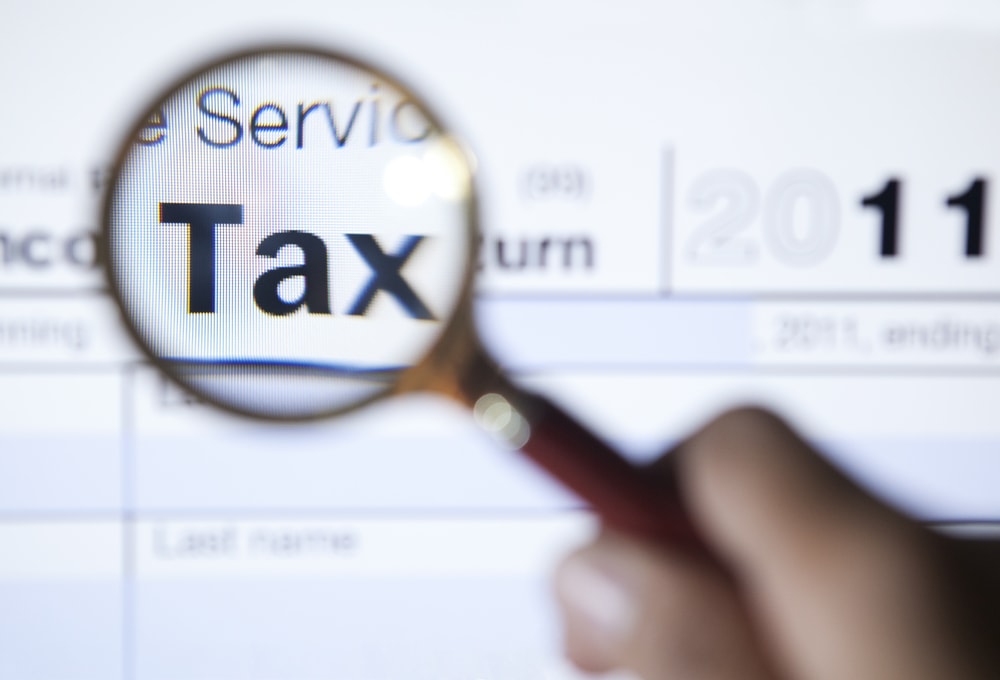The estimated cost of gross pension income tax and national insurance contributions (NICs) relief rose to £78.2bn in 2023/24, up from £72.1bn the previous year, according to new figures from HMRC.
The more than £6bn jump has already begun to stoke fresh speculation of potential pension tax changes ahead of the Autumn Budget.
Of the total figure, £54.2bn was attributed to income tax relief - a "significant" increase from £47.8bn in 2022/23.
HMRC data revealed that 13 per cent of this was granted at the additional rate, 55 per cent at the higher rate, and 32 per cent at the basic rate.
After accounting for tax paid on pension income, the net cost of pension tax relief in 2023/24 was estimated to be £52.5bn, up from £50.1bn the previous year.
However, AJ Bell director of public policy, Tom Selby, cautioned that headline figures could be “misleading”, as gross pension tax relief includes estimates of income tax relief on contributions to registered private pension schemes, relief on investment income within pension funds, as well as both primary and secondary Class 1 NICs relief on employer contributions.
“A huge chunk of that money relates to national insurance relief on employer contributions, meaning it is mainly firms, rather than individuals, who are benefitting,” he said.
Indeed, around a third of the gross cost of tax relief stemmed from NICs relief on employer contributions, with Class 1 Primary and Class 1 Secondary NICs relief on employer contributions (including those made via salary sacrifice) estimated at £24bn in 2023 to 2024, down from £24.3bn in 2022 to 2023
In addition to this, around £6.2bn of the annual cost of employee tax relief related to ‘net pay’ arrangements - many of which were public sector defined benefit (DB) schemes - and a further £7.2bn was attributed to employee salary sacrifice arrangements.
Nonetheless, the increase in tax relief costs is expected to intensify speculation over potential changes to the system, with rumours that a flat rate of tax relief could be back on the table.
Commenting on the figures, Hargreaves Lansdown head of retirement analysis, Helen Morrissey, said: “The data shows that people are making great use of the incentives and flexibilities on offer in their pensions.
"The estimated cost of tax relief hit £52.5bn, with higher-rate taxpayers taking the lion’s share at 55 per cent, and basic-rate taxpayers accounting for almost a third.
“Budget rumours include the potential introduction of a flat rate of tax relief - something that would shift these shares, giving more to basic-rate taxpayers at the expense of those at higher and additional rates.
"However, how simple such a change would be to implement is up for debate, as is how much it would save overall,” she warned.
Evelyn Partners financial planning partner, David Little, added: “With the Autumn Budget on the horizon and the public finances in a parlous state, you can’t help thinking that this will be noticed in the Treasury.
“That’s not to say that withdrawing higher rates of pension tax relief is necessarily the right or sensible thing to do - or even that it’s very likely. It would be complex and costly to administer, and any such move would likely require carve-outs to avoid pushback from higher-paid public sector workers.
“It could dent faith in the pension system and reduce savings at a time when the newly proposed Pensions Commission is tasked with boosting retirement savings. And let’s not forget - it remains one of the few incentives in an income tax system where many workers are being drawn into ever-higher tax brackets.”
Echoing this, Selby argued that those who repeatedly push for radical tax relief reform have yet to spell out exactly how it would be applied in practice.
"The most obvious challenge would be in relation to ‘net pay’ pension arrangements, including defined benefit schemes, the vast majority of which now reside in the public sector,” he added.
Latest News
-
Looking back: Top 20 most read stories of 2025
-
‘Growing minority’ of pension savers turning to newer digital channels
-
Border to Coast deploys more than £1bn across private markets programme
-
Looking back: The Pensions Age 2025 DEI focus
-
This week in pensions: 15-23 December
-
Looking back: 2025 - The year of the big pension overhaul
Private markets – a growing presence within UK DC
Laura Blows discusses the role of private market investment within DC schemes with Aviva Director of Investments, Maiyuresh Rajah
The DB pension landscape
Pensions Age speaks to BlackRock managing director and head of its DB relationship management team, Andrew Reid, about the DB pensions landscape
Podcast: From pension pot to flexible income for life

Podcast: Who matters most in pensions?

In the latest Pensions Age podcast, Francesca Fabrizi speaks to Capita Pension Solutions global practice leader & chief revenue officer, Stuart Heatley, about who matters most in pensions and how to best meet their needs
© 2019 Perspective Publishing Privacy & Cookies











Recent Stories